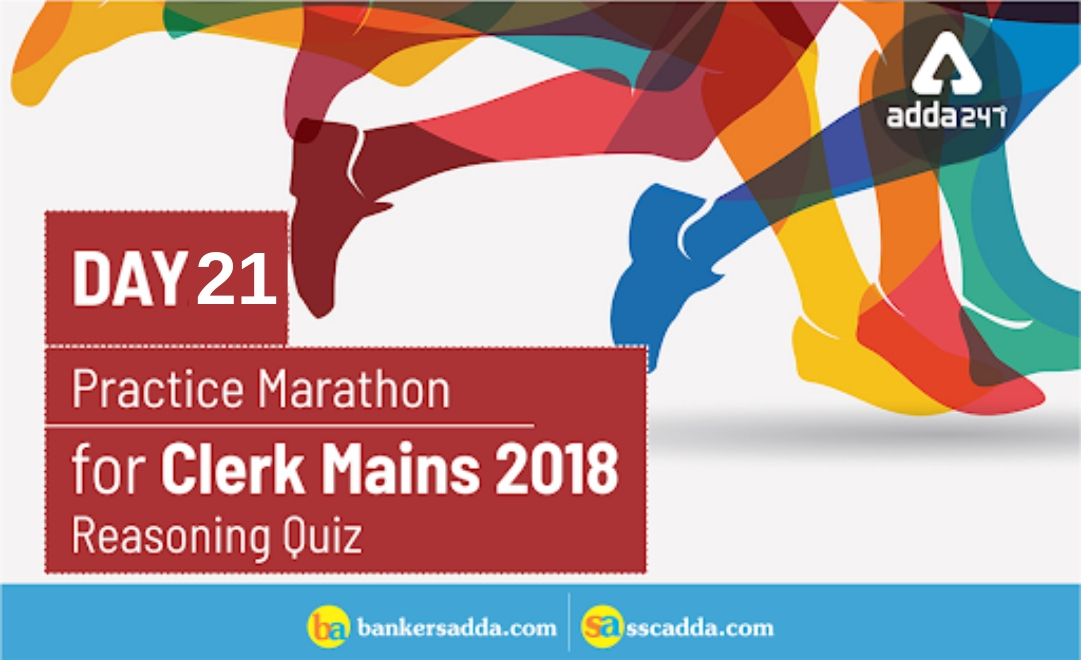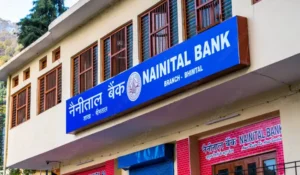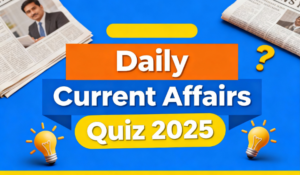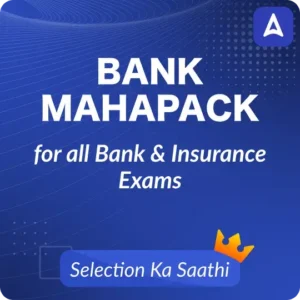Dear Aspirants,
Reasoning Questions for IBPS Clerk Main Exam
Reasoning Section can make or break one’s chances to ace any banking examination. Practising with sample questions is an onerous task for that’s the only key to ace this section of competitive exams. The IBPS Clerk Mains Exam is scheduled to be held on the 20th of January 2019. Adda247 is here with “Practice Marathon for Clerk Mains 2018” with practice questions on all the topics that are likely to be asked in the exam. Today is Day 21 of IBPS Clerk Mains Practice Marathon, attempt this Reasoning quiz and win the marathon against lakhs of IBPS Clerk Candidates.
WATCH VIDEO SOLUTIONS HERE
Directions (1-5): Study the following information carefully and answer the questions given below:
Eight persons M, N, O, P, Q, R, S and T are sitting around a circular table. They all belong to the same family. Among them there are three models, two Actors, two Yoga teachers and one Marathon runner. Each person has only one occupation. There are three married couples in the family and no unmarried female and Three generation in the family.
R is wife of P and mother of N and M. O is a female but not wife of M S, a grandson of P, sits exactly between O and M and only Q sits exactly between N and R. P has two children. S and T are children of Q and O respectively. Only one person sits between O and N but he is not T. N is not the immediate neighbour of S, who is not opposite to P. N does not sit opposite to a female. One of the sons of P is on immediate left of P. The person who is on the immediate left of S and the person who is on the immediate right of N are not models. The immediate neighbours of Q are neither an Actor nor a Model. T is a Marathon runner.
Q1. What is the profession of N?
Yoga teacher
Model
Actor
Marathon runner
None of these
Q2. Who among the following is an Actor?
P
Q
T
Both (a) and (c)
Both (a) and (b)
Q3. Which of the following is different from the rest?
R
M
S
T
P
Q4. Which of the following two members sits adjacent to each other in the arrangement?
QO
NT
TQ
SM
None of these
Q5. Who among the following is grandson of R?
M
O
S
P
Q
Directions (6-8): Read the given information carefully and answer the given question.
B is 25 m south of A. C is 10 m east of B. D is 30 m north of C. E is 7 m east of D. X is 18 m south of E. M is 12 m south of X.
Q6. B is in which direction from Point D?
South
South-West
North-East
South-East
North
Q7. If Point W is 3 m to the north of A, then what is the distance between B and W?
28 m
15 m
21 m
24 m
17 m
Q8. What is distance between B and M?
17 m
15 m
21 m
19 m
13 m
Direction (9-10): Study the following information and answer the given question.
T is the sister of D. D is married to P. P is the son of M. T is the mother of J. Y is the father of U. Y has only one son and only one daughter. U is the daughter of T. Q is the son of D.
Q9. How is P related to T ?
Brother
cannot be determined
Brother-in-law
Cousin brother
Uncle
Q10. How is J related to D ?
Son
Niece
Son-in-law
Nephew
Daughter
Directions (11-15): In these questions, relationship between different elements is shown in the statements. The statements are followed by conclusions. Study the conclusions based on the given statements and select the appropriate answer. Give answer-
Q11. Statements:
S ≤ L ≤ I = P ≥ E > R; L > Q
Conclusions:
I. P ≥ S
II. I > R
If only conclusion II is true
If only conclusion I is true
If both conclusions I and II are true.
If either conclusion I or II is true
If neither conclusion I nor II is true.
Solution:
I. P ≥ S (True)
II. I > R (True)
Q12. Statements:
G > R ≥ E = A ≤ T ≤ S; D ≤ A ≤ J
Conclusions:
I. T ≥ D
II. R > S
If only conclusion II is true
If only conclusion I is true
If both conclusions I and II are true.
If either conclusion I or II is true
If neither conclusion I nor II is true.
Solution:
I. T ≥ D (True)
II. R > S (False)
Q13. Statements:
A ≥ B > C ≤ D ≤ E < F
Conclusions:
I. A ≥ E
II. C < F
If only conclusion II is true
If only conclusion I is true
If both conclusions I and II are true.
If either conclusion I or II is true
If neither conclusion I nor II is true.
Solution:
I. A ≥ E (False)
II. C < F (True)
Q14. Statements:
G > R ≥ E = A ≤ T ≤ S; D ≤ A ≤ J
Conclusions:
I. J > G
II. J = G
If only conclusion II is true
If only conclusion I is true
If both conclusions I and II are true.
If either conclusion I or II is true
If neither conclusion I nor II is true.
Solution:
I. J > G (False)
II. J = G (False)
Q15. Statements:
S ≤ L ≤ I = P ≥ E > R; L > Q
Conclusions:
I. L < R
II. E ≥ Q
If only conclusion II is true
If only conclusion I is true
If both conclusions I and II are true.
If either conclusion I or II is true
If neither conclusion I nor II is true.
Solution:
I. L < R (False)
II. E ≥ Q (False)
You may also like to Read:
- Check the Study related Articles Here
- Study Notes for All Banking Exams 2018
- Bankers Adda Daily Questions for SBI PO, IBPS PO Clerk & Bank Exa






 Profit, Loss & Discount – Concept + ...
Profit, Loss & Discount – Concept + ...
 Nainital Bank Recruitment 2025-26 Notifi...
Nainital Bank Recruitment 2025-26 Notifi...
 Daily Current Affairs Quiz 13 December 2...
Daily Current Affairs Quiz 13 December 2...








